- Home »
- Learningcenter »
- Securing roof high wind
Wind Uplift Resistance: Securing a Roof in High-Wind Areas
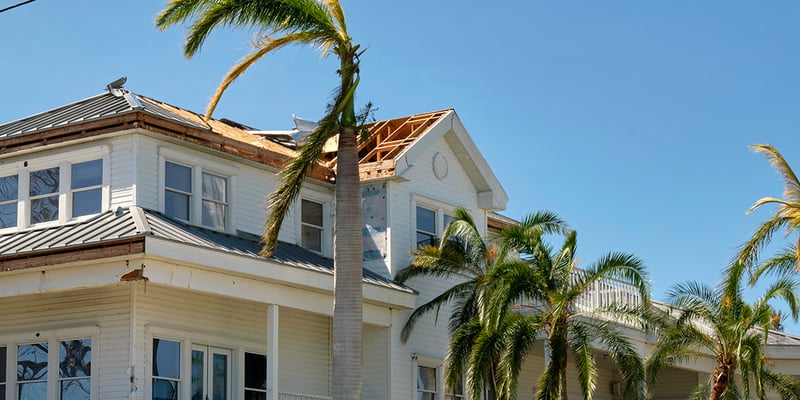
Ever thought about what keeps a roof over your head when the wind starts howling? There's a whole science behind it that makes sure your roof can stand strong against the wild weather.
Roofs do more than give us shade or keep us dry; they're our first line of defense against stormy weather, and using the right parts to build them and putting them together the right way matters more than you might think. It all starts with using smart science to fight back against those stormy weather days.
Let's talk about how to make sure your roof can take on those high winds, especially if you're in an area that sees its fair share of storms. This is important info for both pros like architects and builders and for any homeowner who doesn't want to worry every time the weather forecast looks a bit rough.
How to Choose the Right Roofing Material for Wind
Picking the right parts for your roof to brave those gusty days is important - you can think of this as step #0.
The goal is to find parts that aren't going to give up when the wind tries to move them. Each material brings something to the table - some are heavy hitters against the wind, while others might need a bit more work to hold their ground. Let's talk about what will keep your roof snug and secure, no matter how hard the wind huffs and puffs.
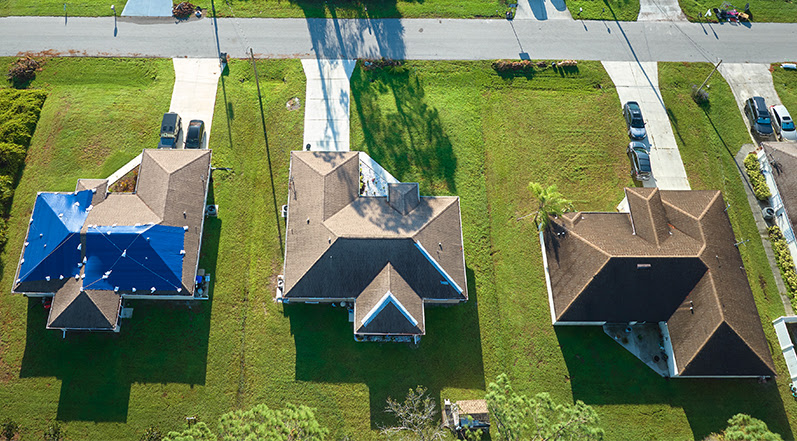
Metal roofing is fantastic at taking on the wind. I've seen these tough guys, especially the standing seam types, laugh in the face of 100+ MPH winds. This isn't magic, though. It's all in the setup - using extra roof clips and fasteners, just like FEMA suggests, to make sure those metal sheets are not going anywhere.
Onto single-ply membrane roofs. They're not the wind's worst nightmare, but with the right fasteners and the smart way they're installed, they'll stand their ground pretty well. The goal is the quality of what's holding them down.
If you have a flat roof, sprayed polyurethane foam, otherwise known as SPF, is your assistant. This thing sticks to the roof deck like glue, which makes it a top pick for keeping things tight in windy places.
Thinking about restoration coatings? These can be a good move for fighting the wind, as they cling directly to the roof. Just make sure what's underneath is also up for the challenge.
Lastly, there's built-up roofing (BUR), Which is like building a fortress with multiple layers of bitumen and fabric, offering your roof a solid shield against those fierce winds.
What is The Best Way to Secure Your Roof to Your House?
When it comes to making sure your roof can laugh in the face of strong winds, you have to pick a roofing system that's tough and has that look-good factor. My favorite? Standing seam metal roofs. Why? They're built to last and are amazingly good at shrugging off the wind. They're a solid pick for areas where the wind likes to show off, thanks to the way they're put together and anchored down, ready to face all kinds of wind mischief.
About keeping your roof in place: the magic is in the details, like picking the right fasteners and clips. It's like picking the perfect pair of shoes that look great and keep you from sliding around. You have to get the size, type, and how close you put them together just right, especially if your area gets its fair share of windy weather. These choices are valuable for keeping your roof snug and secure when the wind decides to test its strength.
I will also introduce sticking to the rules - I'm talking about standards like CSA A123.21 and FM Approvals. They're both hoops to jump through; they're your assurance that your roofing choice is just talk; it's been put to the test and proven its mettle against fierce winds.
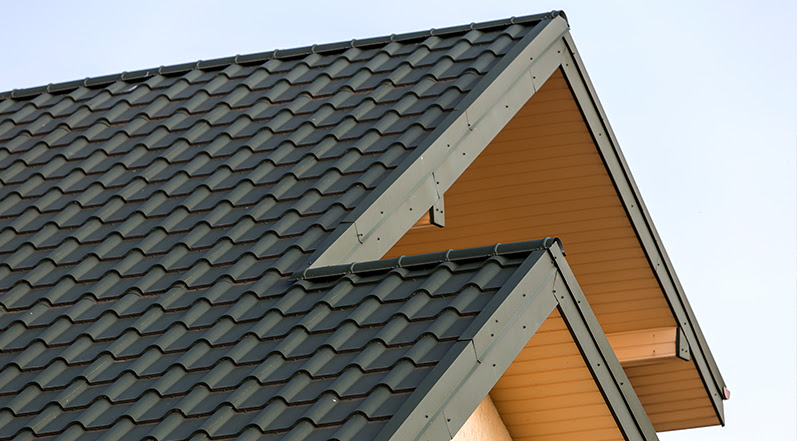
Let's talk design: how your roof hugs your building, from panel thickness to how it lines up with the frame, can seriously up its wind-resisting game. Even what might seem like tiny adjustments, like adding a few extra clips here and there, can make a huge difference. Thinking about throwing in some external clamps? That could be your move for that extra peace of mind.
Adding a top-tier roof cover board - take the USG Securock® Brand Gypsum-Fiber Roof Board. To give you an example - it is like giving your roof an extra shield. This step is stacking up defense layers and fortifying your roof for the long haul, where it's better at batting away wind damage. Just make sure you're following the playbook, especially in wind-prone zones, which might mean using more fasteners than usual.
A Quick Word on Roof Zones
When working on roofs, I have to keep an eye on how they handle the wind. Building codes and engineering standards are clear that understanding these wind zones - which go from 0 at the edges to 3 towards the middle - is super important to prevent our roofs from getting a lift-off, thanks to a strong gust.
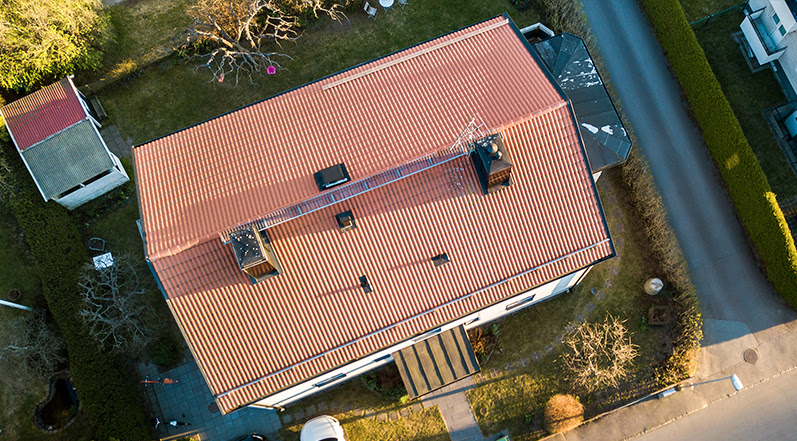
Right from the get-go, when I'm planning a roofing job, I talk about what each zone needs because it's not a one-size-fits-all situation. If we're talking about the edges, metal roofs are my favorite. They're pretty solid against the wind. But as we move towards the center, I might lean towards parts that are a bit kinder on the wallet and offer some nice insulation without skimping on wind resistance, of course.
And let's not forget about fasteners - they're the best options for holding it all together. Their type, spacing, and pattern are no random choices; it's all customized to how much wind punch we're expecting in each zone. Even in places where you might think, "Eh, it's not that windy," picking for top-shelf fasteners can save a lot of headaches when nature decides to test our work.
Why Unique Wind Uplift Tests Are Important
Wind uplift tests for roofs are absolutely important, especially if your spot gets its fair share of windy weather. We're talking about sticking to the rules, sure - like CSA A123.21 certification - but it's more than compliance and making sure your roof doesn't end up in your neighbor's backyard during the next storm.
So, what's the big deal with these tests? Well, they're like putting your roof through a wind simulator, which is way more lifelike than any basic check-up.
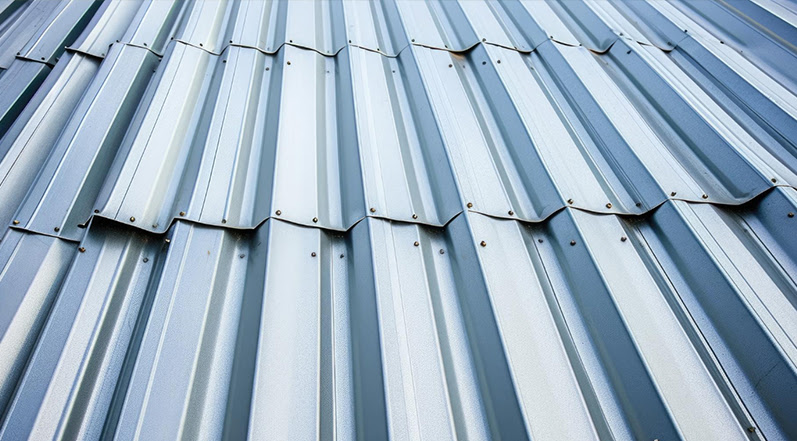
This is important for two major reasons.
First off, we get to see if your roof can really handle what Mother Nature's got.
Second, it's a heads-up for manufacturers and homeowners alike that their roof isn't going to wave the white flag the second things get gusty.
Why bother with all this testing? Catching weak places early means fixing small problems before they turn into roof-sized headaches. Whether it's a shifty shingle or a fastener throwing in the towel, it's better to know sooner rather than later. And remember regular check-ins - think every 7 to 10 years, or even more if you're in the heart of storm country - keep your roof up to date with the latest in safety and stand up to whatever new rules or weather come your way.
What Strategies Do Roofers Use to Improve Wind Resistance?
Picking the right things to keep your roof safe from big winds is a big deal. The thing is, Built-Up Roofing (BUR) is one of the best options here because it's super tough against those winds. Metal roofs? They're okay, but when it comes to wind, they're not touching BUR. And then there are single-ply membranes, which are easy to put up and adjust, but when the wind howls, they might not hold up as well. You have to plan extra carefully to make them stronger.
Sticking to building codes is an absolute must. These rules make sure your roof can take it without buckling under pressure. Using roofing parts with all those fancy standards like UL 580 and FM-4471 is your best bet to not get caught off guard with inferior products.
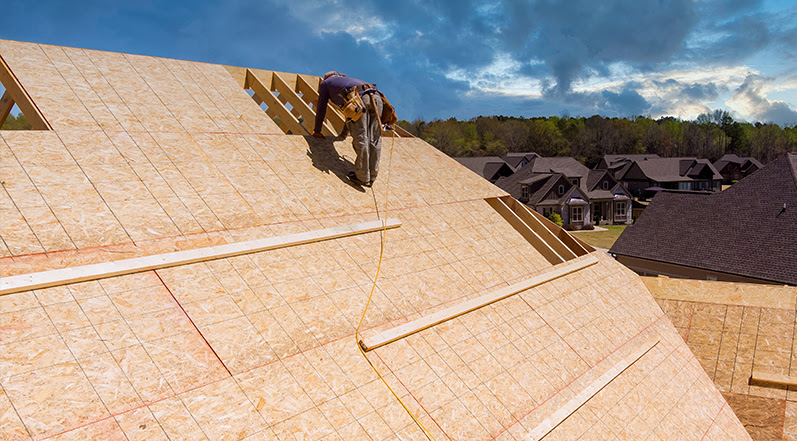
How you put that roof over your head matters pretty a bit if you don't want it flying off when it gets windy. For metal, the goal is to go the extra mile with more clips and fasteners. Single-ply needs its own game plan with fasteners placed just right.
And I'm talking about sticking things together, like how wind likes to dance around buildings and sneak through valleys. These things are very important for a roof that can stand its ground.
From what I've seen, slapping on some restoration coatings like SPF can really improve your roof's muscle against the wind. These things cling to your roof like a burr. And come on, keeping your roof clean and in great shape? That's like Roofing 101 for fighting off the wind.
Common Mistakes to Avoid in High-Wind Roofing
I've checked out my fair share of roofs that could've stood their ground against the gusts a bit better if only a little more thought had been put in from the start.
The goal is to look at the big picture - from sketching the first lines of your design all the way to hammering in the final nail.
Laying down your roof by the book and sticking to those building codes is both good advice; it's a requirement. Even the fancy parts won't save you if they're not used right. It's like putting together a high-tech device but ignoring the instruction manual - things are likely to go sideways.
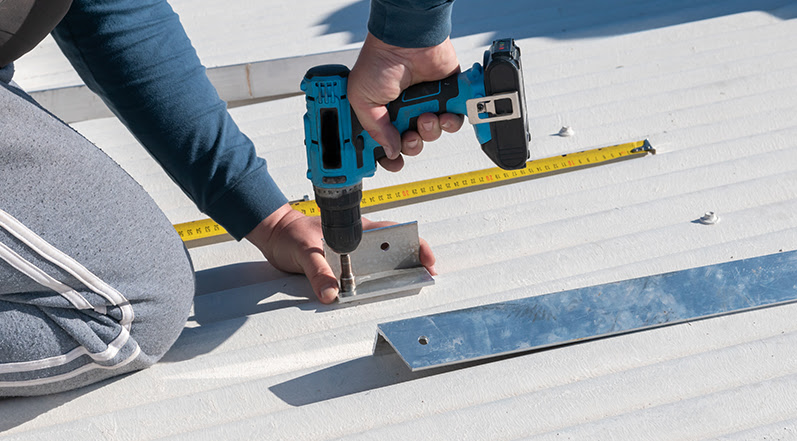
When we talk about keeping your roof glued to your house, picking the right kind of nails and glue matters more than you'd think. If you're working with those single-layer types, the right adhesive or nail can make or break its chance against a windstorm. Metal roofs love extra clips, and these can also really help protect against the wind uplift.
Overlooking the small details, like those parapet walls that stick up, is where I see a lot of people make mistakes. High winds eye those features like a bullseye, and without giving them some extra love, they're at risk. It's like skipping leg day at the gym - eventually, it's going to show. Making time for quick roof check-ups can save a lot of headaches later, catching those little issues before they turn into big problems post-storm!
Picking your roofing parts is a bit like picking out the right gear for the weather. You wouldn't wear flip-flops to a snowball fight, right? Metal roofs are tough and known for their muscle but don't count as single-ply roofs for areas with hurricane-level winds.
Secure Your Roof Against Bad Weather
Making sure your roof can hold up against strong winds is important, especially in places that frequently face tough storms like hurricanes and tornadoes. The goal is picking the best parts, planning the design just right, and sticking to engineering basics to keep your roof solid and secure. Homeowners, builders, and those with a knack for design need to get smart about picking parts and figuring out wind loads to make sure their roofs can handle the gusts.
Cutting corners when it comes to safety is not a good move. The focus needs to be on resisting wind uplift. Constructing roofs that are strong and can last is about addressing today's needs while also being prepared for what the future might throw our way. People in the game of building and keeping up buildings should aim higher than the bare minimum standards to ensure the safety of people and their places.

Here at Colony Roofers, we're all about keeping commercial and residential roofs over heads in Georgia, Florida, and Texas, and we're here to make sure you're covered - literally. Our main mission? To protect your investment and keep you safe with our pro prowess. We offer free inspections and pride ourselves on our quality and complete work. Colony Roofers is your favorite for expert advice and outstanding repair and installation services, all so you can sleep easy!
 Call (678) 365-3138
Call (678) 365-3138



